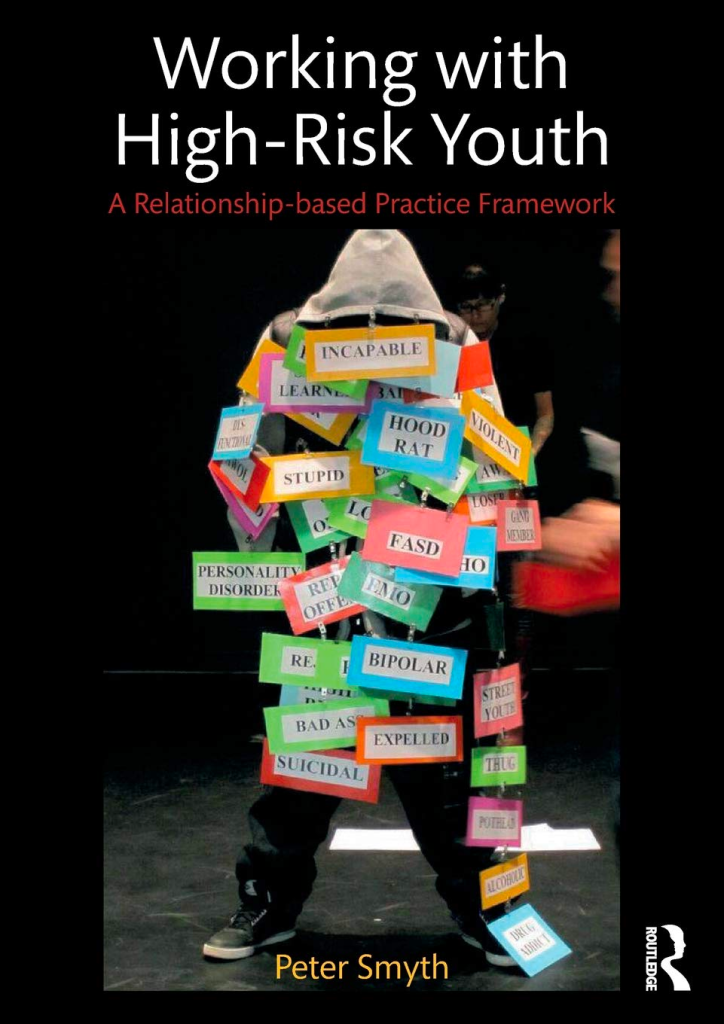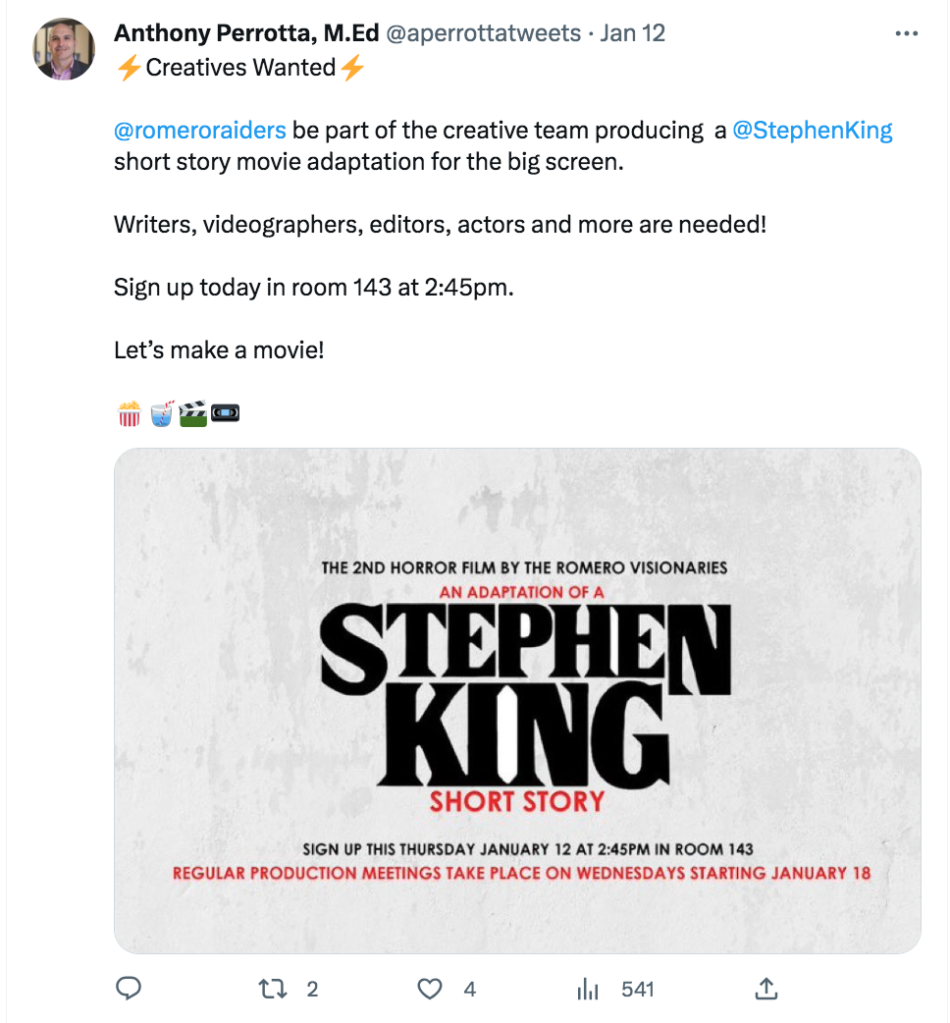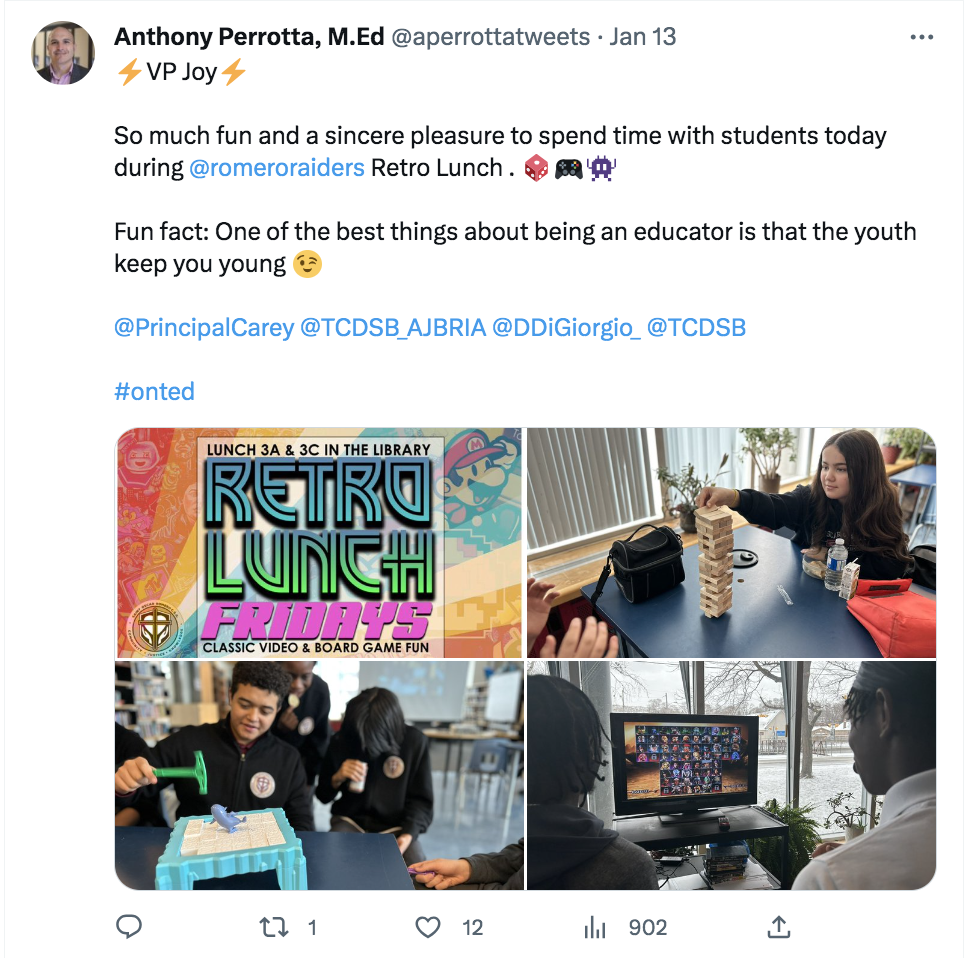
In the video Myths and Opportunities: Technology in the Classroom, Alan November speaks of Marblehead, Massachusetts, a small coastal town of now nearly 20,000 that prior to the American Revolution was the fourth largest town in the colonies. November, makes note of the town’s connection to technological industry such as shipping and its global reach. He speaks of the town “thinking Globally,” as its survival was dependent on trade and the waterways of the ocean.
This notion of ”thinking globally,” speaks to my sensibilities as a Catholic school leader who recognizes that technology can enable deep and enriching learning that extends the traditional classroom. Furthermore, as digital citizens there is a need and responsibility to nurture Catholic Social Teaching through technology, so that young people understand their role in walking with Christ; being responsive, inclusive and community minded. As the small town of Marblehead, needed to think Globally to survive and thrive, students also need to be globally minded as critical thinkers and reflective learners who learn deeply. As such, schools need to inspire a global mindset where students foster a sense of self, all-while growing as global citizens who can effectively communicate, collaborate, innovate, create and problem solve by harnessing technology as an enabler of transforming faith through practice.
As noted by Michael Fullan in his writing Deep Learning: Engage the World Change the Word “so the role of technology is to get this equation I want to put it. The equation is what do we want to learn and how do we want to learn it? I’ve said deep learning, the six Cs, the partnership, that’s one half of our equation. And then how do we best learn that? And we learn it by tackling real problems. How do we tackle real problems? Technology gives us access to much more insight. So we’ve got to use technology to do that” (Fullan, 2017).
At the core of my role as a school Principal is Fullan’s inquiry: “What do we aim to learn, and how do we wish to learn it?” I fervently advocate for pedagogical documentation, storytelling, and enabling students to demonstrate their learning through digital media production. Through this process educators can gain insights into students’ thinking processes, learning styles, and areas for further exploration.
As a result, I enthusiastically join classroom activities and school events, equipped with my camera to capture content, showcasing the potential of pedagogical documentation. Personally, as a school leader, it’s imperative for me to be fully immersed in genuine student learning experiences. Here’s an example:
By fostering the creation of such content and empowering students to be producers themselves, the profound impact on relationships starts to flourish. As a school principal, my place isn’t confined to the office. I aim to actively engage in witnessing learning, fostering it, modelling creativity, and most importantly, showcasing a genuine passion for both students and the crucial work teachers do every day.





























You must be logged in to post a comment.